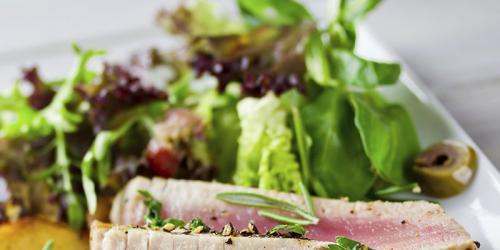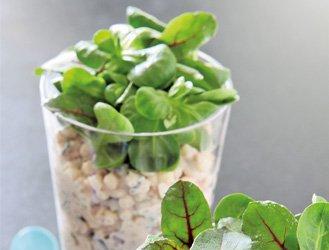What's in my tuna box?
Currently 3 species of possions share the market of 421 million boxes * of tuna consumed per year. To identify them, we find the Latin name in the list of ingredients.
- The most common is the Thunnus Albacares or Albacore .
- The most "quali" is thunnus alalunga or albacore .
- As for the skipjack tuna (katsuwonus pelamis ), which is found in tuna salad, it is not really a tuna but a bonito, a kind cousin!
Finally, alas, some canned whole tuna (Saupiquet, Cora ...) would count ridges and fragments of heart **.
Which tuna to choose?
Yellowfin tuna and albacore are overfished, but the green contract is better fulfilled by favoring tuna from the "Pacific" zone less threatened than "the Atlantic". Another track: the MSC ecolabel. It certifies that the brand has engaged in responsible fishing (Connétable, Carrefour, Eckmül Lighthouse, Système U) using rods or trolling lines rather than FADs (fish aggregating devices used in particular by Small Vessel) responsible for the collateral death of 100,000 tons per year of sharks, turtles, rays ...
Organic tuna is better?
Yes for rillettes, terrines (without additives, dyes etc ...) or tuna with olive oil or lemon because the ingredients are organic.
Is not tuna stuffed with heavy metals?
Like salmon (wild), tuna concentrates heavy metals (mercury and arsenic in particular) at variable rates because it eats other fish themselves full of heavy metals. Rates accumulate in large fish. Less in albacore, small, than in yellowfin, which is a big beast at the end of the chain of predators!
* Greenpeace, ** survey 60 million consumers May 2016




